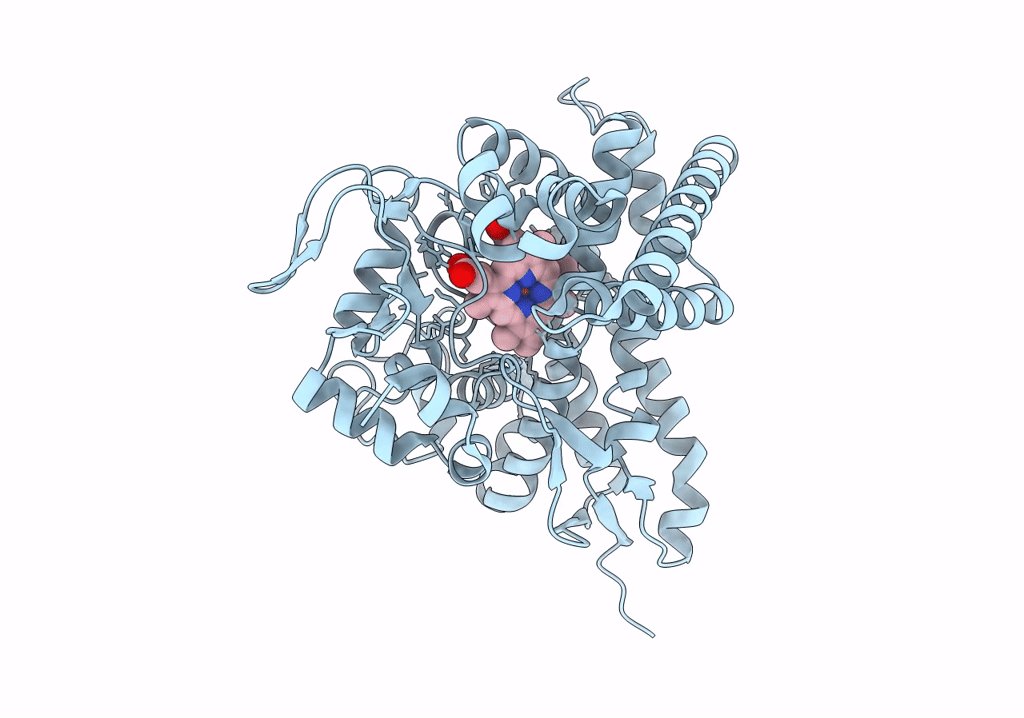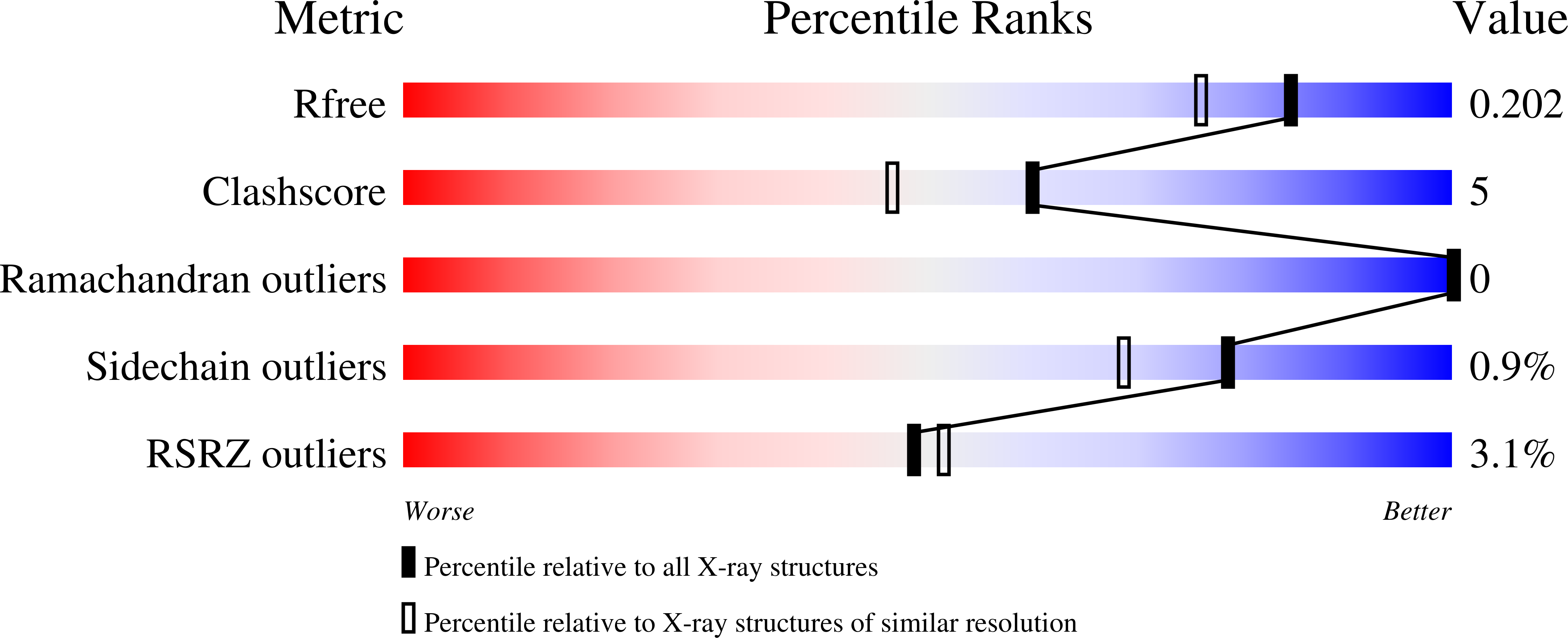
Deposition Date
2022-12-16
Release Date
2023-07-05
Last Version Date
2023-10-25
Method Details:
Experimental Method:
Resolution:
1.68 Å
R-Value Free:
0.20
R-Value Work:
0.16
R-Value Observed:
0.16
Space Group:
C 2 2 21


